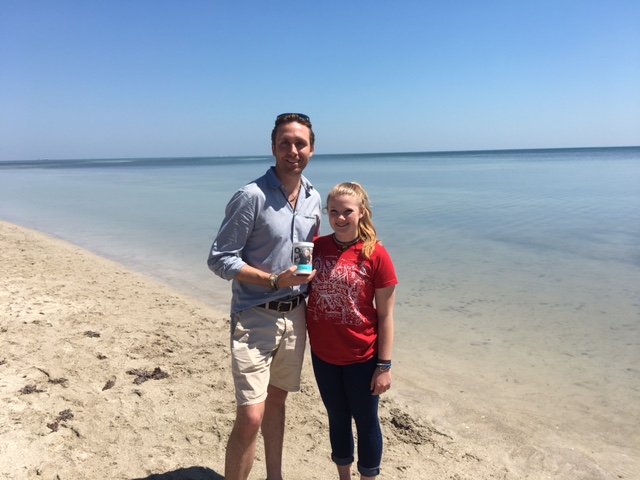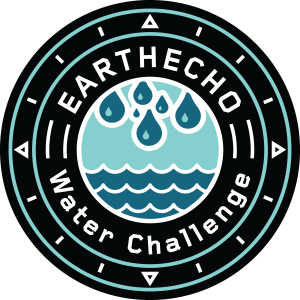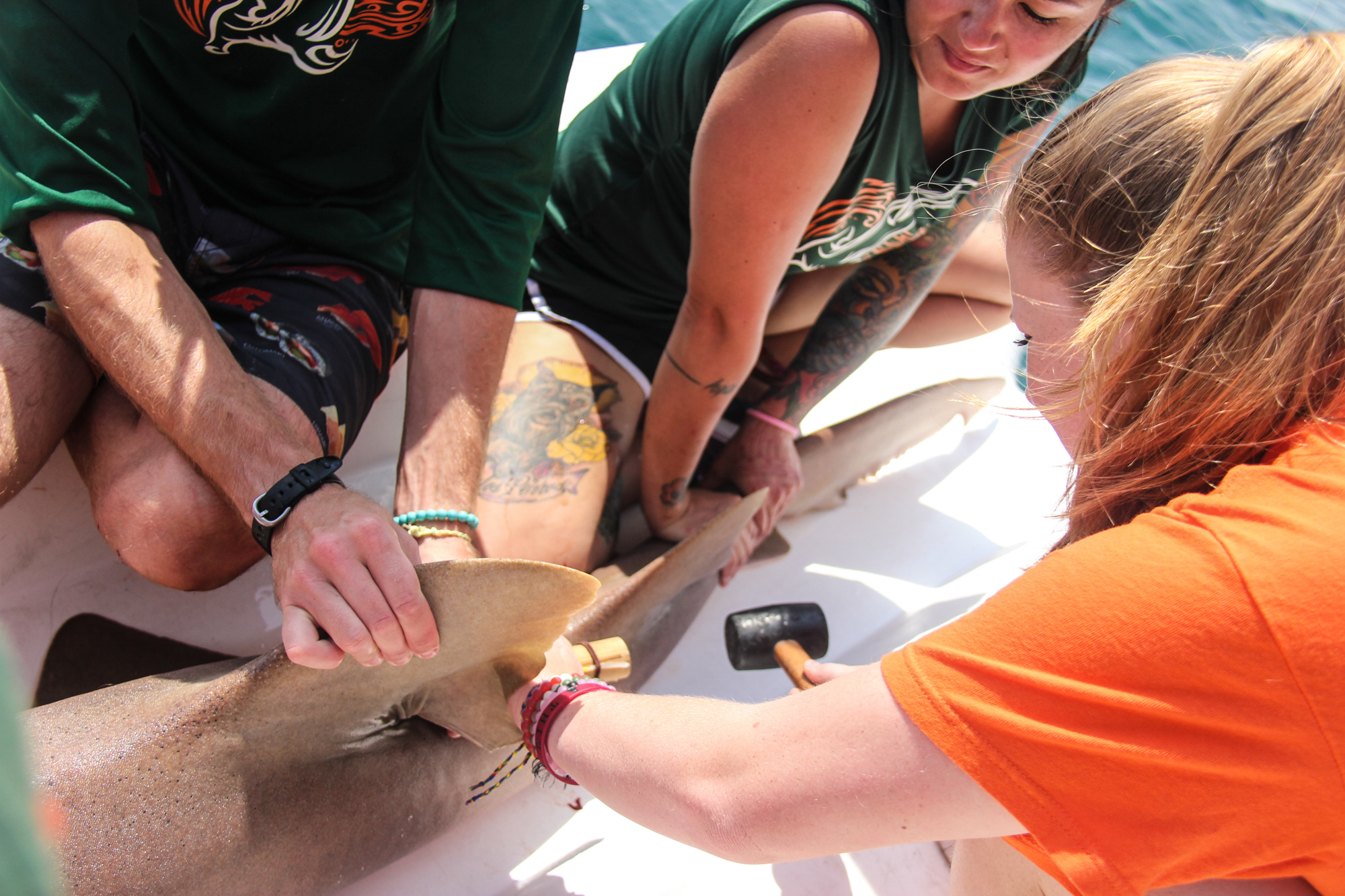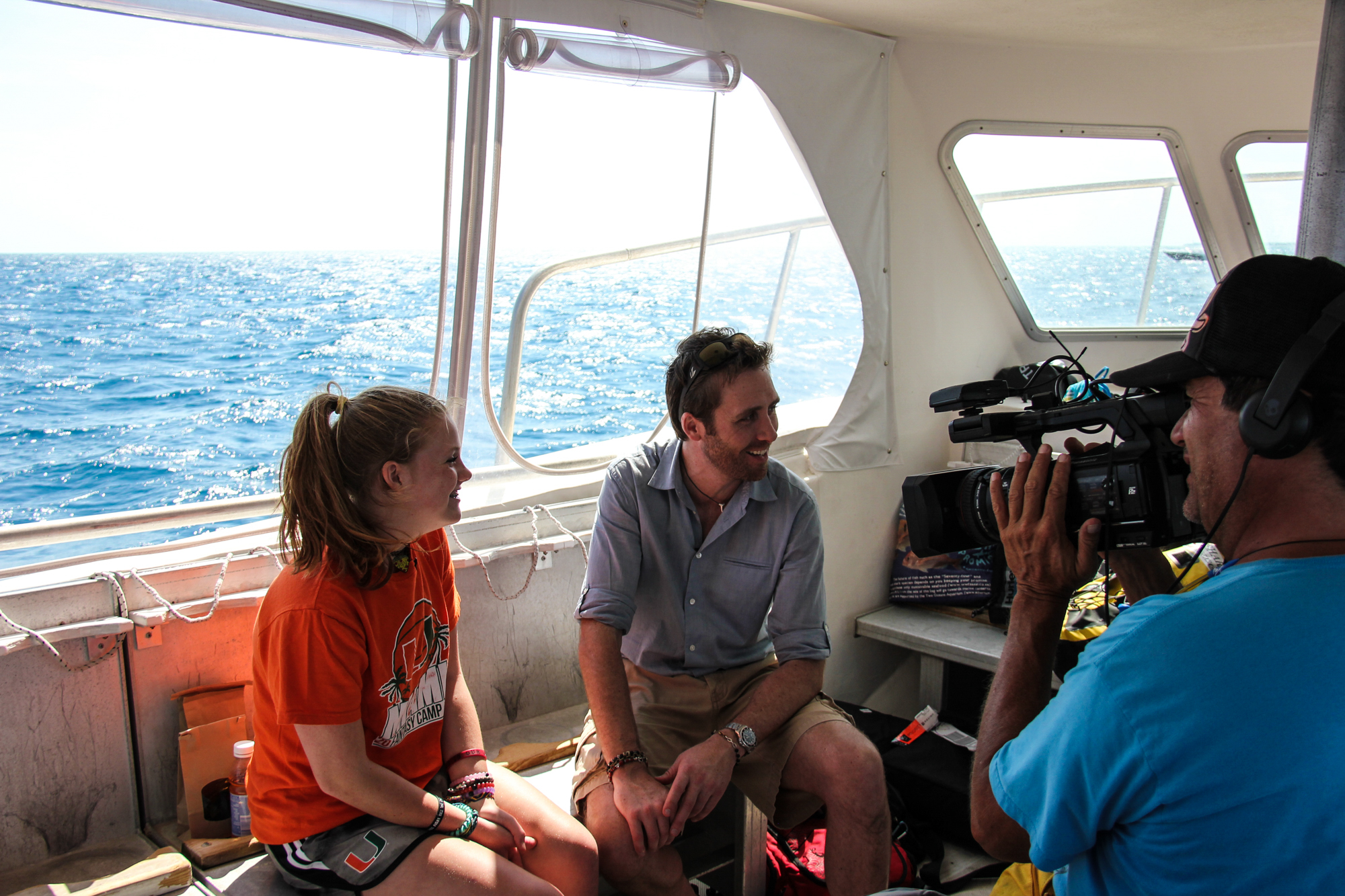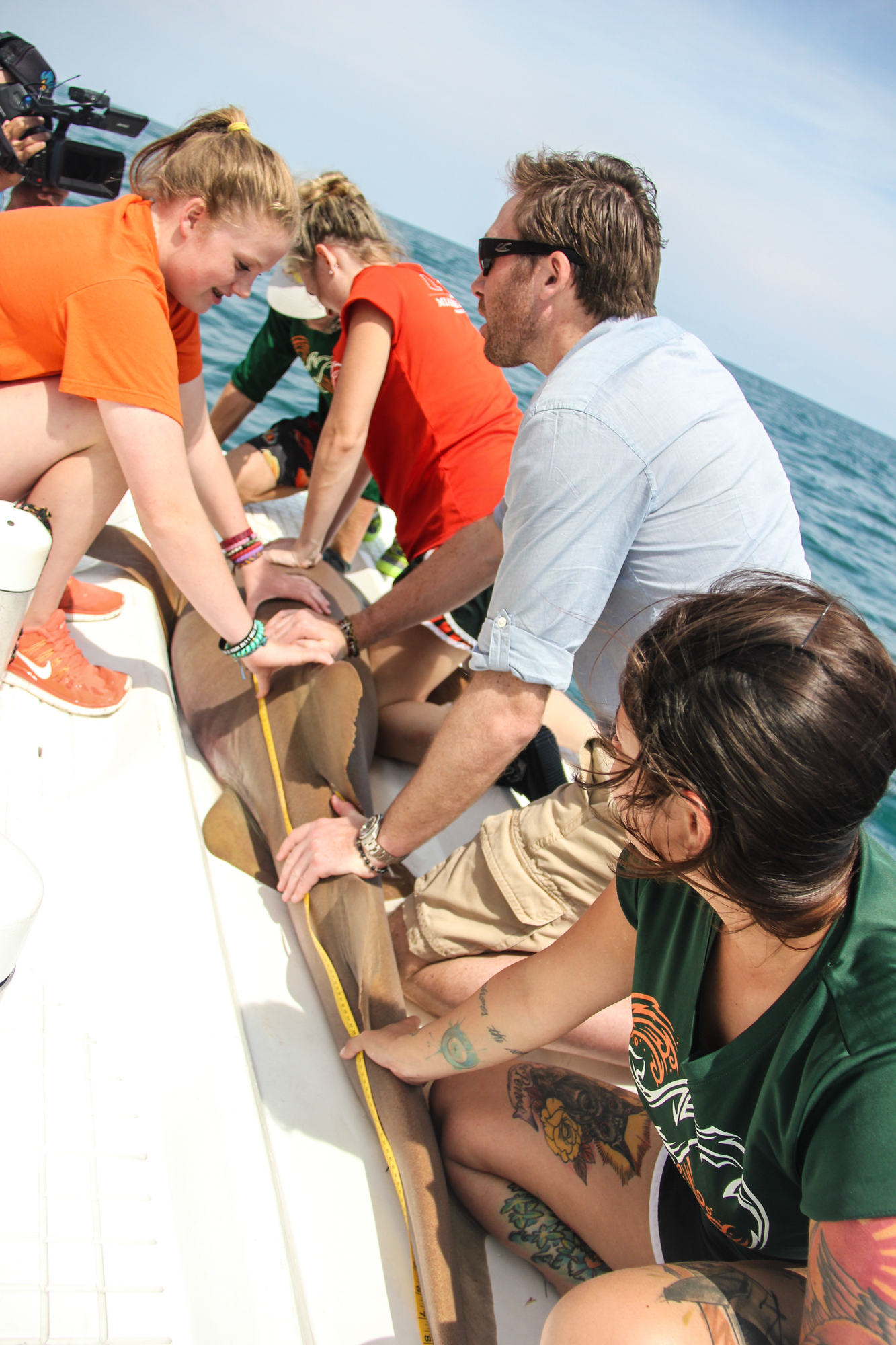The Outdoor Classrooms of the EarthEcho Water Challenge
Most classrooms and schools are pretty noisy places in my experience. The hustle and bustle of everyone coming and going, doors and lockers opening and closing, bells ringing, and the hum of artificial light glowing in the classrooms is not what I’d consider a truly peaceful place.
The classroom and natural laboratory that Miami-Dade Country students get to visit at the Marjory Stoneman Douglas Biscayne Nature Center on Key Biscayne while participating in the EarthEcho Water Challenge, however, is a far more beautiful place indeed.
The shallow waters of the Atlantic Ocean off of Key Biscayne here in Miami are, in fact, extraordinary. The last time I visited the Biscayne Nature Center was when I joined famed world explorer Philippe Cousteau, founder of Earth Echo International, and Sean Russell, the EarthEcho Water Challenge Manager, as we worked with hundreds of local students to help them collect data so that they could participate in the EarthEcho Water Challenge.
The shallow waters that day were still, like a sheet of glass, and the blue, cloudless sky was endless. The beach’s sands were warm and bright white and all in all, it was the perfect setting for the children to gently collect sea life with their seining nets and water samples to test and learn about the importance of our world’s waters.
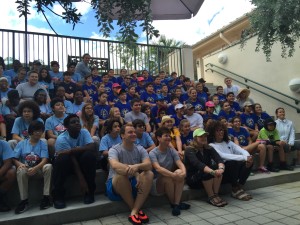 |
 |
 |
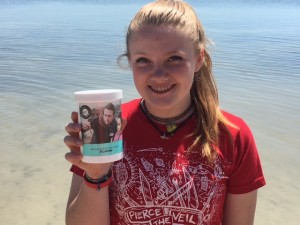 |
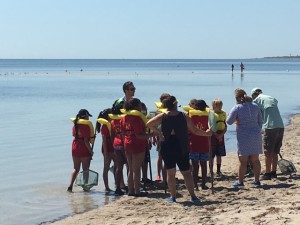 |
As part of the day’s fun, the students participated in the EarthEcho Water Challenge by collecting water samples, testing their samples and then both interpreting and reporting their findings. Along with the wonderful Biscayne Nature Center staff and the students’ teachers we taught the children how to use the EarthEcho Water Challenge kits to test the water’s pH, dissolved oxygen content, turbidity, temperature, and more, and then how to interpret and log their results on line. That work allowed the students to join nearly 1,500,000 people from 143 countries all over the world in participating in the EarthEcho Water Challenge.
And as lovely as our day with the students on the shores of Biscayne Bay was, perhaps the best part is that you too can participate in the EarthEcho Water Challenge!
This year, EarthEcho International and its Youth Leadership Council have created a new program: EarthEcho Water Challenge Ambassadors. Anyone from ages 13-22 can apply to become an ambassador and in doing so, receive an EarthEcho Water Challenge kit that will guide you through all of the steps including testing the pH, dissolved oxygen content, turbidity and temperature of your local waterways and then report your monthly data for use in the Challenge’s Annual Report. You will also be responsible for putting together an event on or around September 18th, World Water Monitoring Day, where you can showcase your work.
Once you have been accepted and received your water quality kit, the rest is easy and includes three steps:
- Test: Use your water quality kit to test the water.
- Share: Once you’ve tested the water you then enter your data online to our international database and share your story and photos on social media using @MonitorWater #MonitorWater.
- Protect: Once you’ve entered your own data you can use it and the resources on our site to educate others in your community about how they can join you in protecting our planet’s water resources.
https://youtu.be/PLSYu5HIUI0
If you would like to apply to be a Water Challenge Ambassador and have the opportunity to work alongside the Youth Leadership Council members, as well as EarthEcho leaders, visit www.monitorwater.org/ambassadors.
Whether your own personal classroom becomes the ocean or a lake, pond, stream or canal near you, have fun completing the EarthEcho Water Challenge. And once you do, I do hope that you will engage others in your community about share what you learned and what your concerns are about protecting our planet’s waters.
Together we can test water quality, share our data, and protect our environment, so sign up today to become an EarthEcho Water Challenge Ambassador!
